Catastrophe bond investments are currently offering investors a superior total return, diversification versus other asset classes and currently a lower risk profile than had been seen in recent years, Fitch Ratings has noted.
 The rating agency believes that record issuance of insurance-linked securities (ILS) is set to continue, as insurance and reinsurance firms tap the capital markets to use catastrophe bonds as a way to manage risks amid a firm reinsurance market.
The rating agency believes that record issuance of insurance-linked securities (ILS) is set to continue, as insurance and reinsurance firms tap the capital markets to use catastrophe bonds as a way to manage risks amid a firm reinsurance market.
Key to re/insurer use of the cat bond market is a desire to “backfill unmet property risk needs and diversify counterparty exposure,” Fitch believes.
The rating agency highlights that cat bond issuance is on record pace in 2024 and suggests an annual record will be achieved this year.
As our readers will be aware, a record is certainly possible, perhaps likely, but still there are many factors to consider that could see it fall slightly short, dependent on deal timing and also competition from traditional and collateralized reinsurance markets.
But Fitch is trying to drive home the fact investor appetite remains high and rising for cat bonds.
Citing “superior total returns,” Fitch points to risk spreads that remain historically elevated, the evident diversification cat bonds offer compared to other assets and also says cat bonds have a lower risk profile at this time.
Fitch said, “In addition to the diversification benefits of cat bonds, recent total returns have been very attractive given the high coupons, outperforming other fixed-income assets by a wide margin. Investor demand has been rewarded with favorable risk-adjusted returns since 2022 amid the hardening (re)insurance market, typified by increasing premiums, stricter underwriting criteria and reduced capacity for coverage. ILS bonds have also benefited from the rise in yields for money market funds in 2023 and 2024 to the 4.5%-5.0% range after being 0%-0.25% during the pandemic.”
On the risk profile, Fitch Ratings points to the fact expected losses of catastrophe bond issuance have been lower the past three years of strong issuance than they were the three prior.
“The expected modeled loss has also decreased slightly, further supporting investor demand. For the past two years, the average expected loss has been in the 2.0%-2.25% range which is down from 2.5% during the prior three years,” Fitch explained.
This can be analysed in Artemis’ chart showing the average spread and expected loss of catastrophe bond issuance by year and by quarter.
Of course, the mix of issuance that comes to market can have something to do with this, but the raising of attachment points across reinsurance and retrocession is also a key driver of the fact average expected loss of cat bond issuance has fallen.
This is also related to the ILS market finding its sweet spot, where it can deploy its capital and deliver expected returns over long-horizons, while keeping losses more manageable for its investor base.
The years with much higher average expected losses are therefore indicative of soft reinsurance market conditions, while the last three years are more indicative of a firming to hard market and also a level the industry feels more comfortable at.
That’s not to say higher-risk deals don’t come to market, or that more would not be welcomed. For the right multiple-at-market, investors are happy to invest a portion of their funds in cat bonds with double-digit expected losses, but the terms and compensation must be right.
Looking to the end of the year, Fitch Ratings said that, “Risk spreads will remain attractive as supply and demand continue to favor reinsurers. The 144A cat bond may face some competition from re-energized collateralized reinsurance structures, and the sector is still over-exposed to Florida’s peak perils and secondary losses.”
Interestingly, Fitch also said that, “Investor demand, while improving, is not yet meaningful enough to spur price competition and reduce risk spreads.”
Given how the last few cat bonds have been pricing in the market, we’d suggest this may not be the case right now. Investor demand is high and cash levels also elevated at some cat bond fund managers, which has been pressuring risk spreads to a degree.
But the spreads recent catastrophe bonds are settling at, still remain historically attractive and at levels most fund managers feel comfortable to deploy capital to support them.

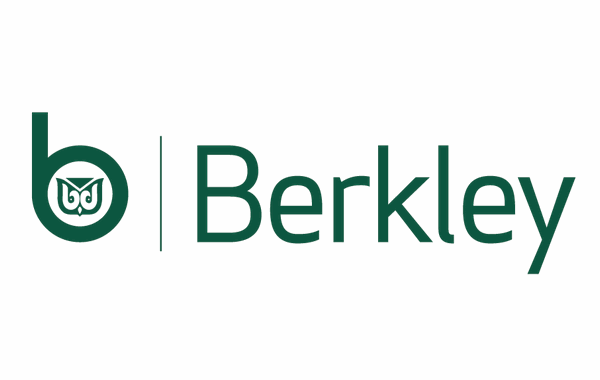


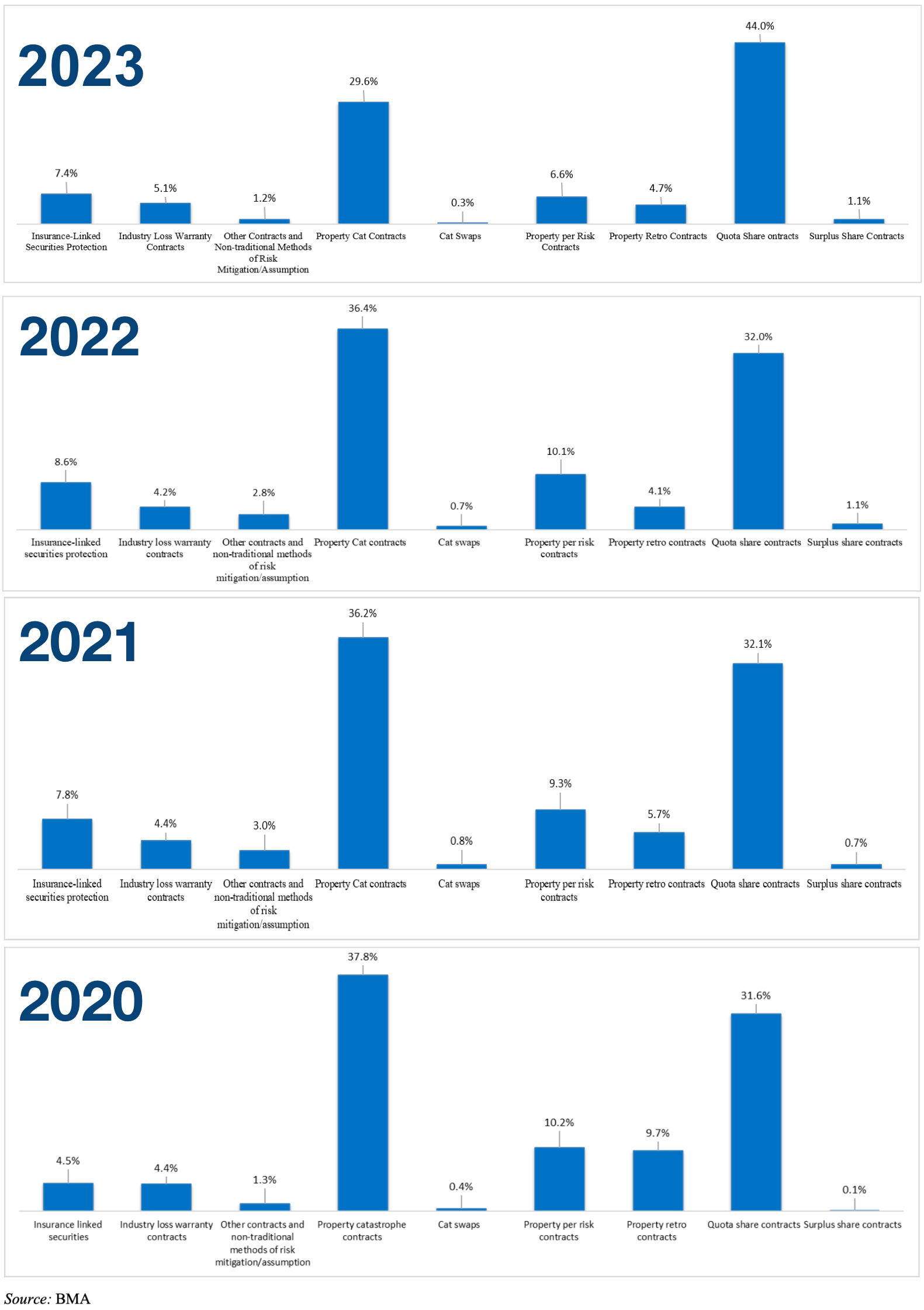
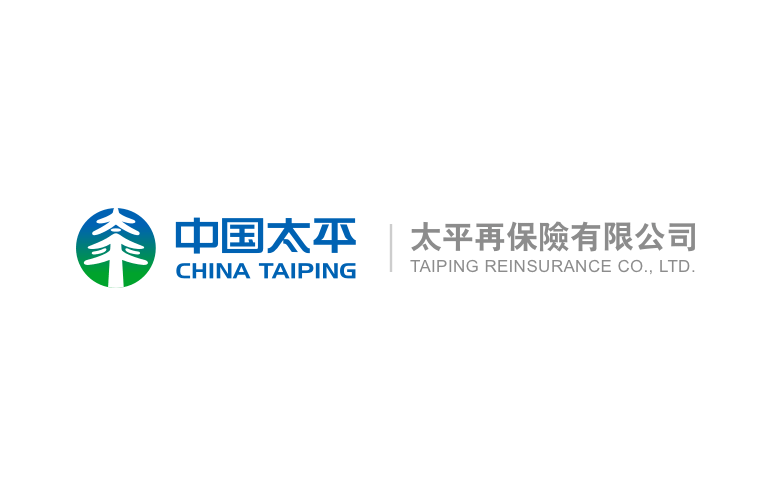
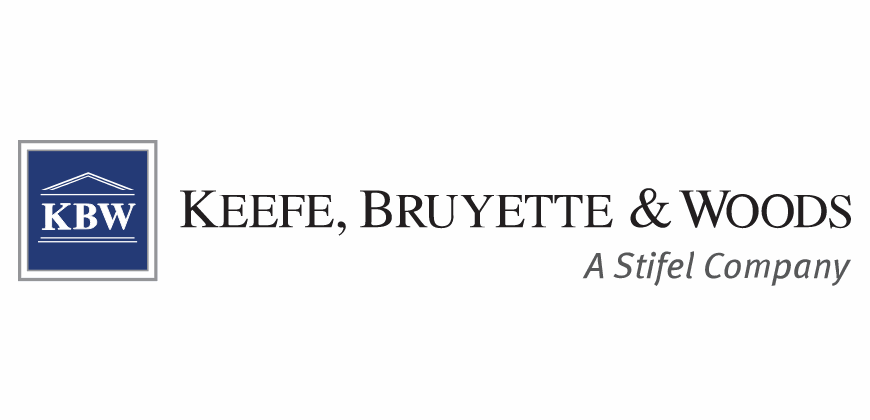
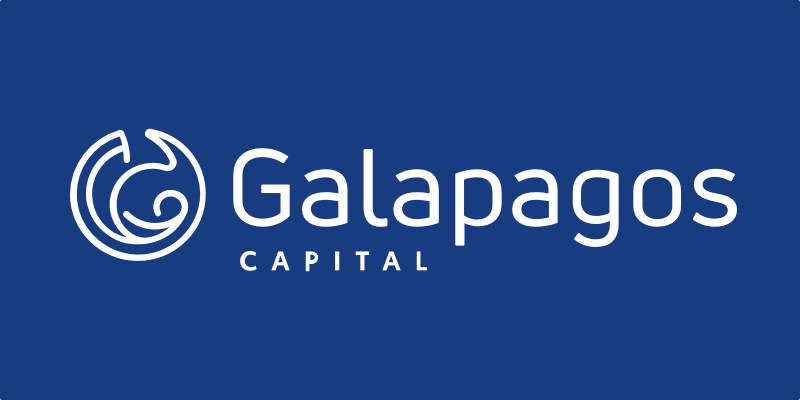
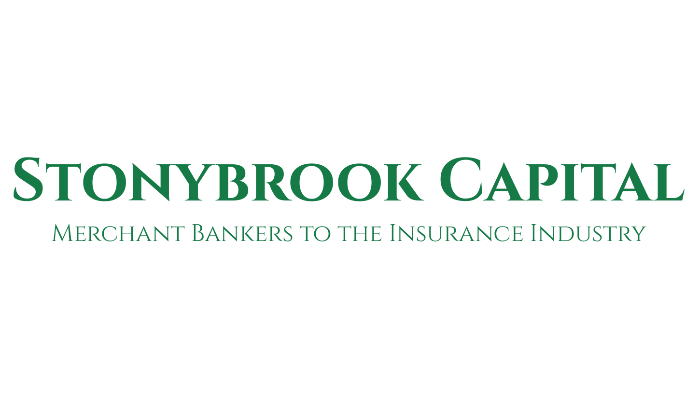










 English (US) ·
English (US) ·